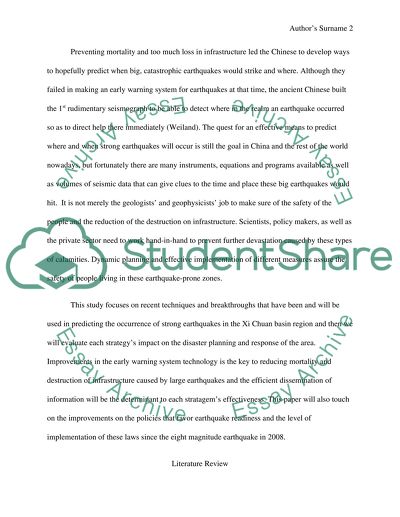Cite this document
(“Xi Chuan Earthquake Essay Example | Topics and Well Written Essays - 2000 words”, n.d.)
Retrieved from https://studentshare.org/journalism-communication/1478970-xi-chuan-earthquake
Retrieved from https://studentshare.org/journalism-communication/1478970-xi-chuan-earthquake
(Xi Chuan Earthquake Essay Example | Topics and Well Written Essays - 2000 Words)
https://studentshare.org/journalism-communication/1478970-xi-chuan-earthquake.
https://studentshare.org/journalism-communication/1478970-xi-chuan-earthquake.
“Xi Chuan Earthquake Essay Example | Topics and Well Written Essays - 2000 Words”, n.d. https://studentshare.org/journalism-communication/1478970-xi-chuan-earthquake.


